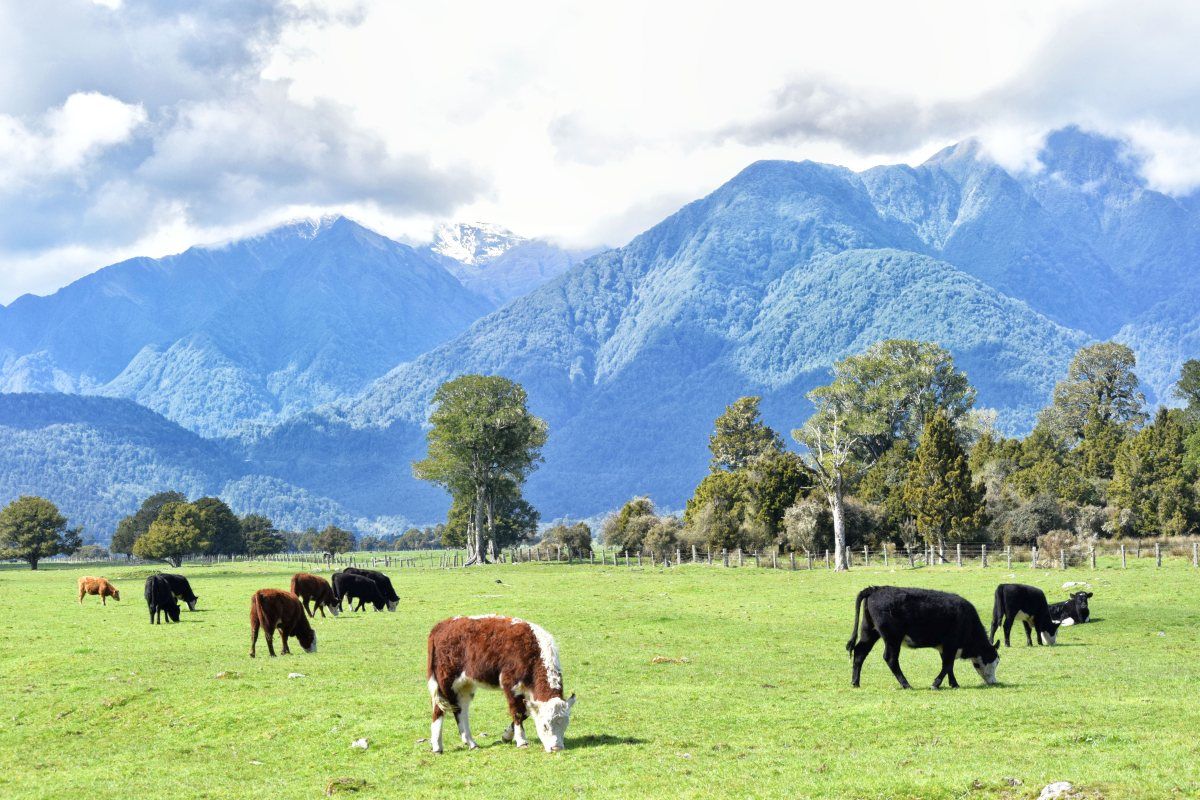In the early1970s, the most widely accepted challenge facing human existence was how to feed a rapidly growing world population (5 billion then).
However, in a mere 50 years, plant breeding and scientific advances in crop production enable us to feed today’s 8 billion. Food shortages that do occur are actually distribution problems in getting food to countries suffering internal strife.
Most population growth experts agree that the world population will top out at 11.5-12 million, probably by 2060. The population of most developed countries is either declining or is more or less stabilised by immigration (legal and illegal). Most of the population growth still to come will be in East and West Africa, India and South-East Asia. The extra food required will, with sufficient support, be able to be grown in these areas. But the energy consumed by these increasing populations largely derived from fossil fuels.
But it’s not just them. NZ, China and the USA, are still INCREASING their fossil fuel consumption per capita.
I think it is politically cynical to give big incentives to buy EVs, when every extra kilowatt of energy being consumed per capita in NZ is now coming from dirty coal imported from Indonesia!
The big question now is whether the world’s population peak can be reached without global warming making increasing parts of the currently inhabited planet too unpleasant to live in because of heat, storm events, flooding and drought, leading to serious world conflicts for ‘living space’ breaking out.
EVs, wind farms and solar energy are all very important parts of the solution. But much energy from wind and solar needs to be able to be stored, as it is not a good or steady enough fit with our energy consumption. The cost of Tesla’s ‘battery farms’ will limit wind and solar energy use to about 40-50% of total energy consumption. The cost of safe energy storage as liquified hydrogen is likely to limit its use to heavy industry and perhaps transport.
NZ will need to ‘go nuclear’ for about 30% of its energy needs by 2040. Fortunately, there are several designs utilising new, vastly safer nuclear technologies near the prototype level in several countries. My personal favourite is the Thorium (Th)-fueled molten-salt ‘thermal’ reactor (T-MSR). It is chemically incapable of having a ‘meltdown’. A working one was actually built in the 1960s in California, but shut down in 1973 by Nixon, because it didn’t produce plutonium (Pu) as a by-product, and Pu is needed to produce nuclear weapons. There you go.
Within 15 years MSRs will be being built literally in factories, from tiny 1MW ‘containerised’ units up to 500MW. They are cheap, have no emissions, produce less than 5% of the waste of uranium-fueled water-cooled ‘fast’ reactors, and the waste itself has a half-life of less than 30 years, compared to tens of thousands. I think David Lange would say yes.

